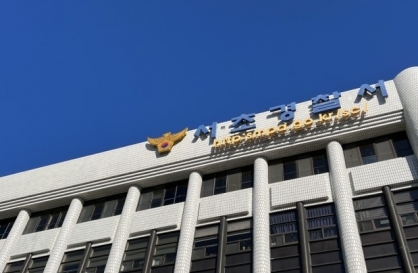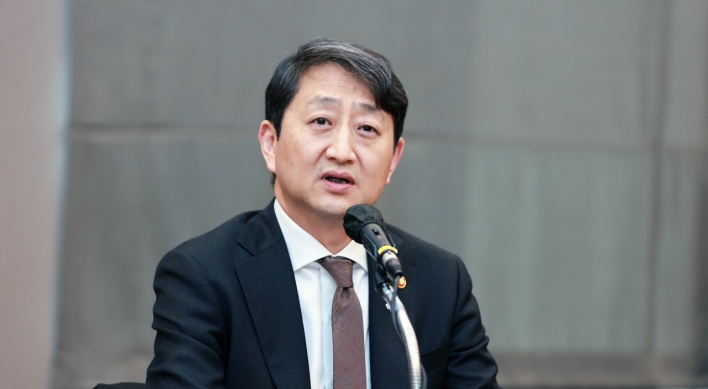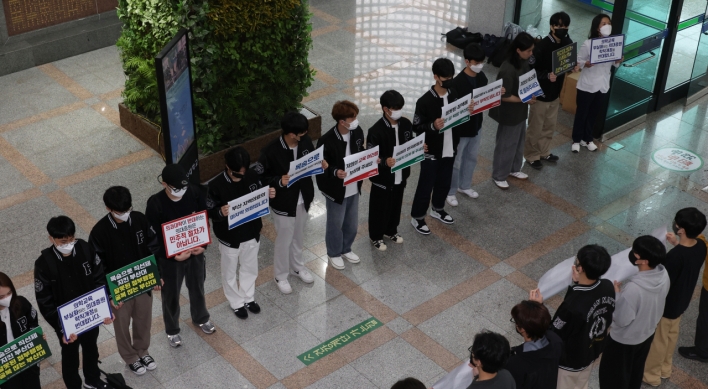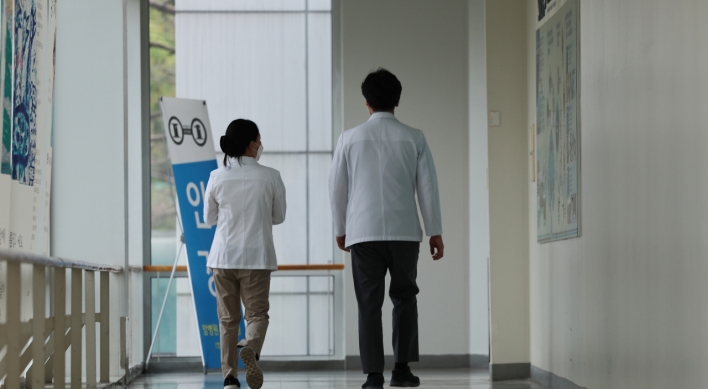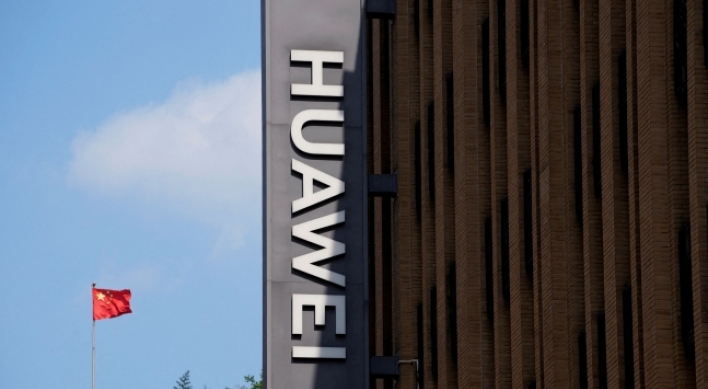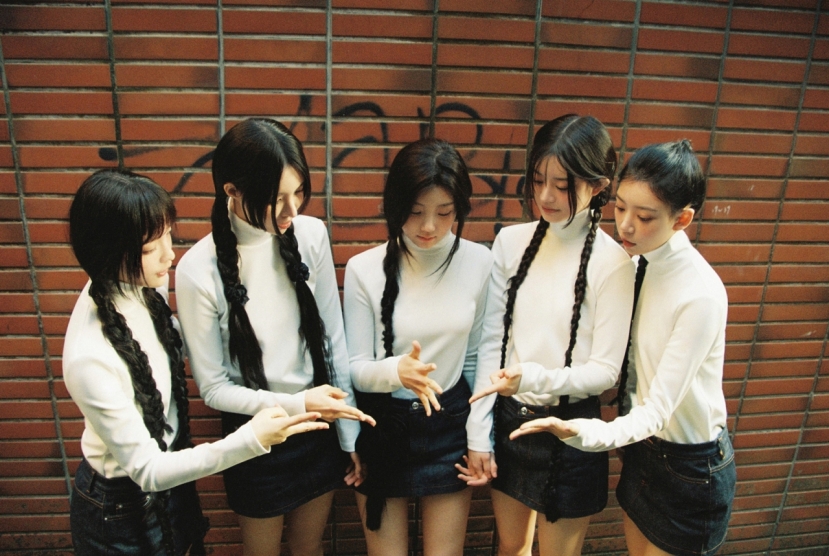‘Green exports take more than technology’
CEOs call for tailored strategy, intra-industry collaboration and domestic support
By Korea HeraldPublished : Dec. 13, 2012 - 20:52
The Korea Herald, in collaboration with the Korea Environmental Industry and Technology Institute, published a series of articles featuring Korean small- and medium-sized environmental companies under the theme of “Green Innovators” between August and November, aimed at promoting their technology and global efforts.
The following are excerpts from a roundtable discussion of business leaders, the KEITI President Yoon Seung-joon and Korea Herald national desk editor Hwang Jang-jin on the hopes and challenges of Korea’s green exporters. ― Ed.
Roundtable panel
● Yoon Seung-joon, president of KEITI
● Na Kyung-duk, CEO of Forcebel
● Jang Du-hun, president of J-E Tech
● Yoo Nam-jong, CEO of Ilshin Environment Engineering
● Yum Kyu-jin, CEO of Coenbio
● Rhu Dae-hwan, CEO of BKT
● Hwang Jang-jin, national desk editor, The Korea Herald
Growth lies overseas for Korean green tech firms. Yet, it takes more than just competitive products and technology for them to crack international markets, say CEOs who have been trying for years to navigate global waters.
Even with technology to sell, many local players ― being small in size and inexperienced in international business ― face challenges abroad, arising from their lack of resources, networks and readily available information to penetrate new markets, they said.
The following are excerpts from a roundtable discussion of business leaders, the KEITI President Yoon Seung-joon and Korea Herald national desk editor Hwang Jang-jin on the hopes and challenges of Korea’s green exporters. ― Ed.
Roundtable panel
● Yoon Seung-joon, president of KEITI
● Na Kyung-duk, CEO of Forcebel
● Jang Du-hun, president of J-E Tech
● Yoo Nam-jong, CEO of Ilshin Environment Engineering
● Yum Kyu-jin, CEO of Coenbio
● Rhu Dae-hwan, CEO of BKT
● Hwang Jang-jin, national desk editor, The Korea Herald
Growth lies overseas for Korean green tech firms. Yet, it takes more than just competitive products and technology for them to crack international markets, say CEOs who have been trying for years to navigate global waters.
Even with technology to sell, many local players ― being small in size and inexperienced in international business ― face challenges abroad, arising from their lack of resources, networks and readily available information to penetrate new markets, they said.
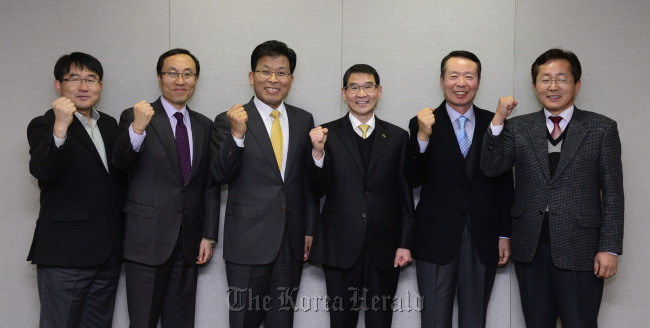
“Korean companies have the potential to grow bigger overseas as they have the technology,” Jang Du-hun, chief executive of J-E Tech, a local firm specializing in industrial dust control, said during the roundtable session Monday.
“But small enterprises like us face many difficulties and risks in going abroad.”
Jang and four other CEOs attending the session shared a view that the path for success in the global environmental market is often too steep for them to climb alone.
Many global environment projects, particularly those in high-growth markets in the developing world, are initiated by governments and are hard to approach for Korean environmental tech firms with little global experience, brand recognition and network, they said.
“We need to further develop a system where small companies like ourselves can collaborate for overseas growth,” said Yoo Nam-jong, CEO of Ilshin Environment Engineering, a domestic water treatment firm.
Rhu Dae-hwan, CEO of water firm BKT, said Korean firms must focus on building their software capacity, such as project development, design and the entire system, rather than just elemental technology or products.
“Europe, North America and Southeast Asia offer lots of opportunities. However, we won’t be able to grab the opportunities, if we continue to approach the projects as a construction company and just build what’s has been designed by major global players. In the water business sector, we need to build our software capability in the areas of design and consulting,” he said.
Yum Kyu-jin, CEO of Coenbio which specializes in bioremediation of pollution using microbes, noted new challenges arising in key markets such as China.
Na Kyung-duk, CEO of Forcebel, a landfill reclamation firm, said a lot can be done domestically to help local firms to become globally competitive overseas.
“The local industry has been laid out in a way that hinders growth of promising tech firms. Most environmental firms are small, because they have to sacrifice margins just to stay afloat, as they are just subcontractors of large construction firms even in typical environmental projects,” he said.
Ilshin’s Yoo stressed that environment engineering, which is currently categorized as a segment of construction, must be recognized as a separate industry.
Yoon Seung-joon, president of the KEITI, noted the government, viewing the green industry as a new engine of economic growth, has been expanding support programs to assist local firms in global efforts.
Aside from export support programs, the government strives to share Korea’s environmental experience and knowhow with developing countries through official development aid, he added.
“Through such green ODA projects, Korea aims to help improve the quality of life in developing countries. It will not only benefit the people of the recipient countries, but will also help raise Korea’s profile in the global environmental field and will ultimately bring benefits to Korean environmental firms,” he said.
Korea’s environmental market was estimated to be worth 55 trillion won in 2010, with the export amount growing strongly every year. In 2010, it was tallied 3.2 trillion won, up 31.2 percent from a year ago.
Yet, eighty-five percent of the country’s over 30,000 environmental firms are miniscule in size, with annual sales of less than 1 billion won.
Following are more excerpts from the Korea Herald-KEITI green business roundtable.
Herald: What is your projection for the global environmental market in 2013? What can the Korean industry expect?
Yoon: Despite the global economic slowdown, the environment market has grown 3 percent annually over the years. It is said that when a country’s per capita income reaches $7,000-$8,000, people tend to become aware of the importance of the environment. There is still hope for the global environment industry. Korean companies have made tremendous efforts to advance into bigger overseas markets despite economic difficulties, and I am very positive that they will continue to push forward next year.
Na: Korean environment technology had been behind that of Europe and other advanced economies. However, with the support of the Ministry of Environment and KEITI, small Korean companies have been able to further invest in R&D and achieve technological advances to compete with companies from advanced countries.
I have been to Japan and Southeast Asian countries where they recognize our advanced environment technology. This shows the potential of Korean technology to become a global standard. With continued support, I am very optimistic about next year.
Jang: Korean companies have the potential to grow bigger overseas as they have the technology. But small enterprises like us face many difficulties and risks in going abroad. For example, China is a big market, but it is still difficult to penetrate for foreign companies as the country is trying to promote its own domestic companies to tackle environmental issues. Therefore, it will be difficult for us to make a profit in China, despite having advanced technology and product price competitiveness. We must move to partially localize our technology and manufacturing in China, otherwise, we may lose the opportunity.
Yoo: I believe Korean environment technology has become among the best. Advanced economies are entering a low growth period. The Korean market is also facing a similar situation as it is maturing. This is why Korean environmental companies must go abroad for new business growth. It’s not easy, especially for small companies with less than 50 billion won in sales. But KEITI has thankfully provided a foothold and helped small enterprises seek opportunities in markets such as Southeast Asia, China and the Middle East. We need to further develop a system where small companies like ourselves can collaborate for overseas growth.
Yum: China is a very attractive market with increasing demand for environmental products whereas Europe and the U.S. are facing a slowdown. However, as Mr. Jang said, it is very difficult to do business in China with only advanced technology. Korean companies must localize by partnering with local Chinese companies and investors via equity investments. Korean companies must operate like the Chinese in the market where we must allow our partners to gain bigger returns. Korean companies cannot operate alone in the market. Also, I agree with what Mr. Yoo said: We must also collaborate where we can share market information and on ways to promote our products and make profit overseas. There remain issues, though, such as intellectual property protection and business culture differences in China, as well as the lack of human resources and capital for small Korean companies. This is where KEITI can come in and still help us.
Na: We’ve tried to do business in South America. It was difficult in the beginning as we did not have a lot of staff and capital. The laws there are, of course, very different. We need to study the culture and people whenever we try to go overseas. Entering South America is difficult especially for small enterprises. This is why we have been reliant on KEITI for information.
Rhu: We were able to enter China with the help of KEITI. We were able to open a branch in the U.S. for our wastewater treatment business. Europe, North America and Southeast Asia offer lots of opportunities. However, we won’t be able to grab the opportunities, if we continue to approach the projects as a construction company and just build what’s has been designed by major global players. In the water business sector, we need to build our software capability in the areas of design and consulting.
Jang: There’s a lot of difficulties and risks for small enterprises to go overseas. We need to establish networks and use those networks or relations with other business partners to promote our environment software, for instance, in emerging markets where there’s a lot of government projects.
Yoon: Many Korean environmental firms are still small in size. They don’t have a global brand, are often inexperienced in international business and lack resources or networks to pursue foreign projects. The KEITI, as a state-run body tasked with supporting the environmental industry, helps out where small companies have particular difficulties, such as developing relations with government agencies and developing and securing of large-scale projects between countries.
Herald: What would you say are the strengths of Korean environmental companies? How can they increase their chances abroad?
Yoon: We can say that Korean technology has advanced to a similar level of companies in advanced markets. Our technology is now recognized for being used in B2B (business to business) and B2G (business to government) projects.
Yum: We need to maintain our strength by promoting and localizing our products. Also, we must keep up-to-date on environmental regulations in countries and what kind of technology they need, as well as establish trust between Korean companies and their overseas partners.
Rhu: We must maintain our competitiveness not only with pricing but also with the technology of our products, and target markets with the right level of technology. Advanced countries need top-notch products and developing countries may need less complicated ones. To be successful, we need to identify the needs and provide the right mix of pricing, technology and so on.
Na: We must not only introduce and provide products but also systems that can be adopted to develop, for instance, waste management plants. Also, fast commercialization following R&D is important to stay competitive in the global markets.
Herald: What is the government doing to assist local green firms to go abroad?
Yoon: The government has many programs to assist them in their global efforts and it also works with a longer vision.
Let me explain this with a recently-signed project between the governments of Korea and Indonesia for the restoration of Ciliwung River in the Indonesian capital. Many rivers in Indonesia are polluted. Korea has the technology and knowhow to treat them, but Indonesia doesn’t have the money right now to buy them.
So to restore the river, Korea decided to provide 60 percent of the money required for its restoration in the form of official development aid. Another 20 percent will come from the KEITI and the rest, 20 percent, will be borne by the Indonesian government.
Through such green ODA projects, Korea aims to help improve the quality of life in developing countries. It will not only benefit the people of the recipient countries, but will also help raise Korea’s profile in the global environmental field and will ultimately bring benefits to Korean environmental firms.
Yum: Green ODA projects will surely help us, although they don’t bring immediate benefits.
Yoo: Benefits could be immediate, because such projects can involve private companies.
Herald: The presidential election is next week. What do you want from the next government? Any policy suggestions?
Ryu: In the water business, there is no control tower in the government. Three ministries ― Land, Agriculture and Environment ― have their own policies and projects. I hope that the next government creates a single committee or a control tower which can coordinate policies related to the water industry.
Many environmental CEOs see the turn-key contract bidding system as one of the major problems in the local industry. A technical proposal-based system is being considered as an alternative, but I fear it will not do much to help small firms. We will simply be subcontractors of the state-run Korea Environmental Corp., instead of large private construction firms, and will continue to suffer low margins.
I hope that environmental work will be handled in separate orders. Only then will small companies like us be able to earn proper rewards for their skills and technology and continue to invest in new products and technology.
Yoo: It is important to make environmental engineering a separate industrial segment from construction. At the moment environmental firms are listed under the construction sector. What this means is that even in a typical environmental project, major construction companies participate in bidding. Once they win, they then subcontract the work to us. To fuel growth of the local environmental industry, environment must become a separate industrial segment from construction.
Na: The current government, with its “green growth” drive, has helped us a lot. We hope that such policies to support the local environmental industry and companies continue into the next government. I also would like to note that a chronic shortage of skilled environmental professionals is a key problem hindering the industry’s advancement.
Yum: We would like more investment, but venture capital is not the answer. Venture capitalists want short-term returns, which many environmental firms can’t deliver. I hope for more long-sighted funds to have interest in the environmental industry, like those previously run by the state-run Korea Development Bank.
Jang: Next year, the government will launch a follow-up program on its basic environmental technology R&D project. I hope that it proceeds with sufficient discussions with industry officials and professionals and design the program carefully so that not a single won of the R&D fund is not wasted.
By Lee Sun-young (milaya@heraldcorp.com)
-
Articles by Korea Herald






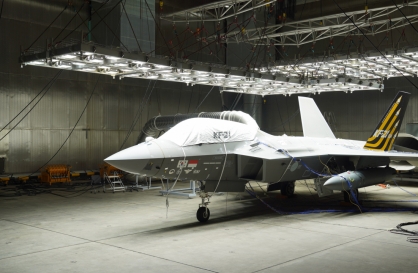
![[KH Explains] Can tech firms' AI alliances take on Nvidia?](http://res.heraldm.com/phpwas/restmb_idxmake.php?idx=644&simg=/content/image/2024/05/07/20240507050619_0.jpg&u=)
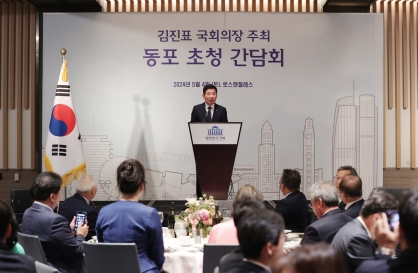

![[Grace Kao, Meera Choi] Has money displaced romance on dates?](http://res.heraldm.com/phpwas/restmb_idxmake.php?idx=644&simg=/content/image/2024/05/06/20240506050233_0.jpg&u=)
